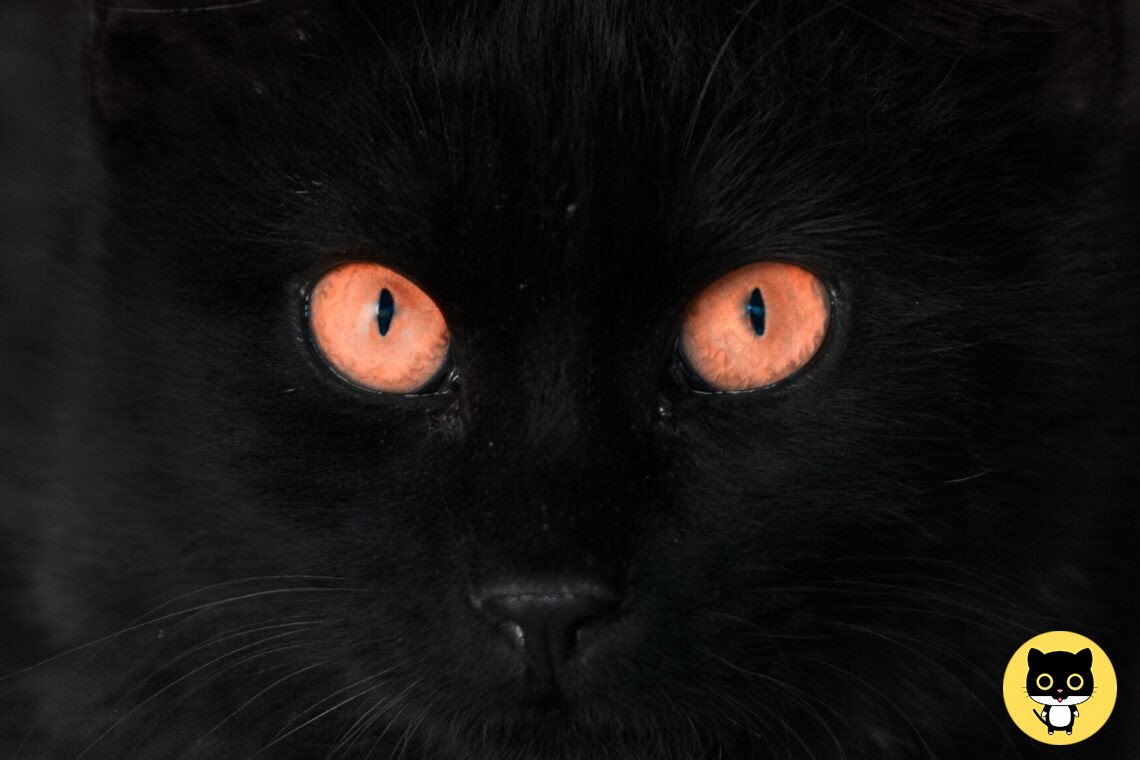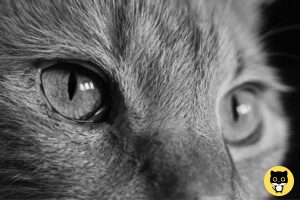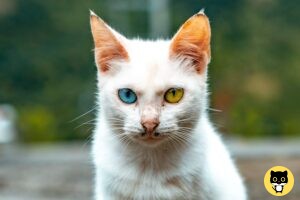There are a variety of different eye shapes in cats, each with its own unique set of characteristics. Understanding the different shapes may help you understand your cat’s personality and behavior better. We will explore the different eye shapes and the behavior associated with them.
Cat’s eyes can range from round to oval to almond-shaped. It has been argued that the shape of a cat’s eyes can be an indicator of their personality, behavior, and overall health. Specifically, the size of a cat’s eyes may provide insight into their health. Larger eyes tend to be healthier, while smaller eyes can be a sign of disease or illness. However, cats with larger eyes may be more prone to infection, as the larger surface area can attract more dirt and bacteria.
Types of cat eye shapes
There are four main types of eye shapes in cats: round, oval, slanted and almond.
Round eyes: are usually bright and alert, and they often signify an outgoing and friendly cat. Round eyes can range from small to large, and they typically have a bright and wide-eyed appearance.
Oval eyes: are often slightly larger than round eyes, and they are usually deep-set and slightly slanted. Cats with oval eyes tend to be more independent and aloof, and they often have a mysterious or mischievous nature.
Slanted eyes: are usually small and slightly angled, and they signify a somewhat lazy or laid-back personality. Cats with slanted eyes tend to be more relaxed and easygoing.
Almond-shaped eyes: are typically wider at the top and narrower at the bottom, giving them an almond-like appearance. Cats with almond-shaped eyes tend to be more intelligent and introspective, and they often have a strong sense of curiosity.




Health problems associated with different cat eye shapes
Certain eye shapes can be associated with certain health problems. Cats with round eyes can be more prone to infection, as the larger surface area can attract more dirt and bacteria. Cats with oval eyes can be more prone to dry eyes and eye ulcers, as the deep-set eyes can trap moisture and cause irritation. Almond-shaped eyes can be more prone to glaucoma, as the wider top can cause excessive pressure in the eyes. Slanted eyes can be more prone to night blindness.
Genetic influences on cat eye shapes
Eye shapes are largely determined by genetics, and certain breeds of cats are more likely to have certain eye shapes. For example, Siamese cats tend to have almond-shaped eyes, while Persian cats tend to have round eyes. Other breeds, such as Himalayan cats, can have a variety of different eye shapes.
It’s important to note that these genetic influences are not set in stone. Many cats can have eye shapes that do not match their breed, and it’s possible for cats to have different eye shapes due to environmental influences or health issues.
Do perceive a pattern between cats’ eye shapes and their behavior? Please register to leave a reply below and to post in the Forums.



